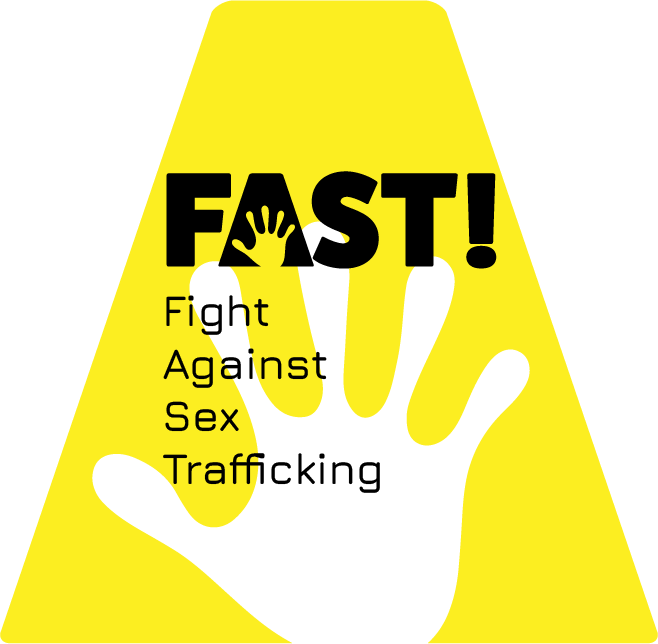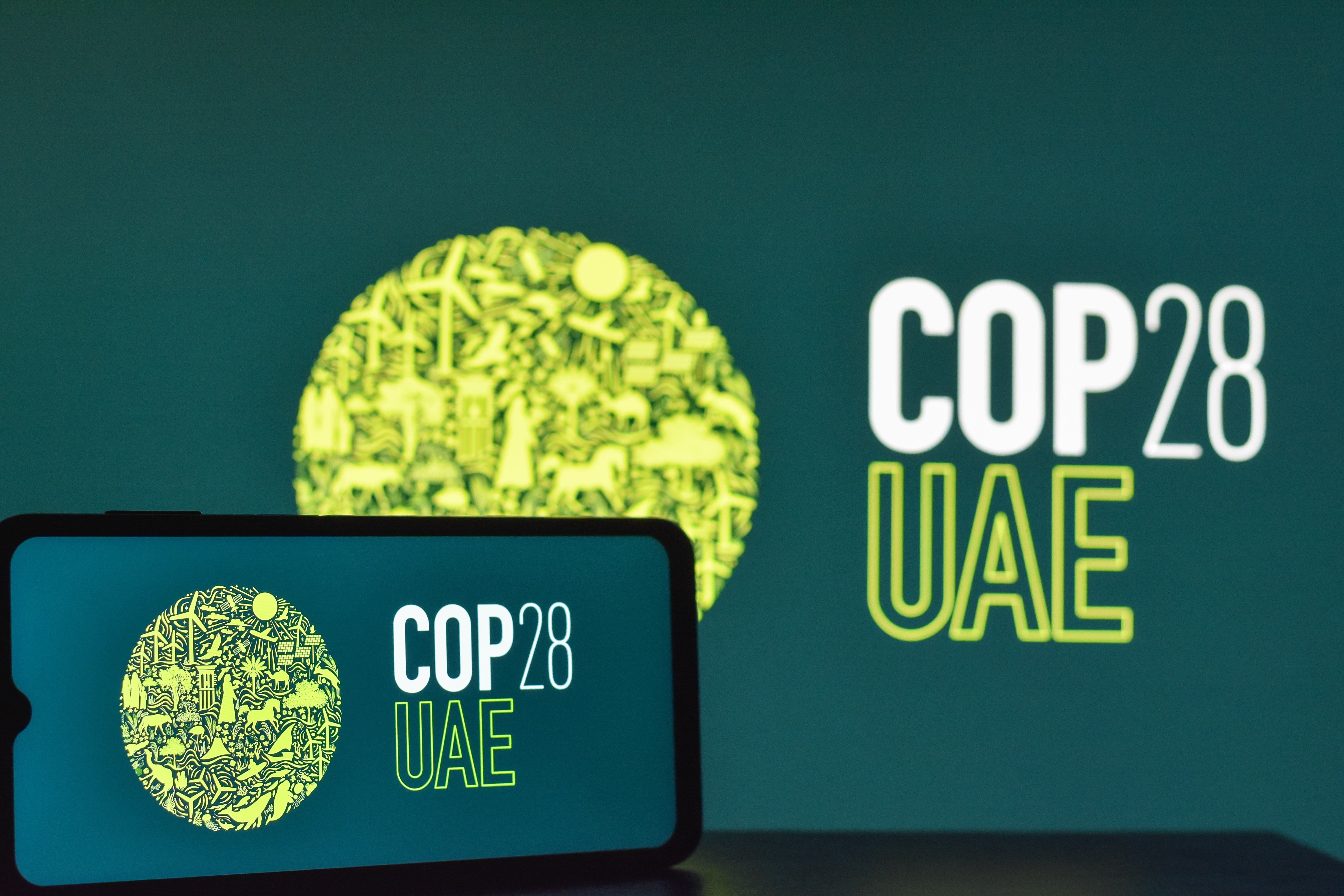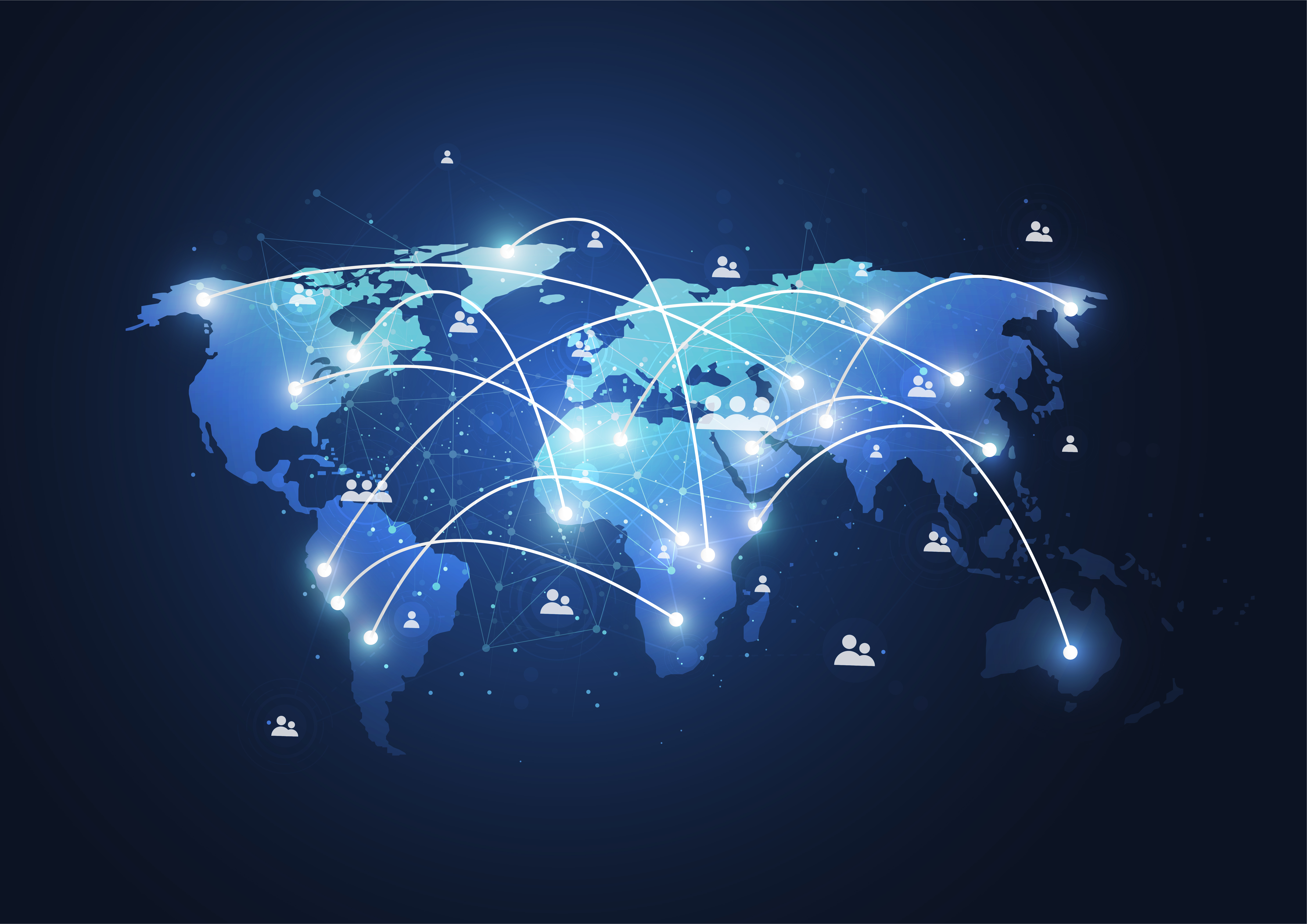Dynamics of Migrant Smuggling in Southeast Asia. Recent research conducted by the UN Office on Drugs and Crime (UNODC) sheds light on the landscape of migrant smuggling in Southeast Asia, revealing the factors driving this type of trade.
Insights and Implications
The study highlights how conflict, corruption, and limited options for regular travel contribute to the prevalence of migrant smuggling in the region. For many individuals, smuggling is not a choice made freely but rather an act of desperation driven by the pursuit of security, safety, and opportunity. Refugees from countries like Myanmar, Afghanistan, and Somalia, facing dire prospects in their home countries, often turn to smugglers as a last resort for seeking international protection or sustainable solutions.
Climate-related factors further exacerbate the situation, with one in four surveyed migrants citing environmental issues as influencing their decision to migrate and utilize smugglers’ services.
Dynamics of Migrant Smuggling in Southeast Asia
The research goes into the network of smuggling routes, revealing that migrants and refugees often initiate contact with smugglers themselves, with individuals paying substantial fees averaging around US $2,380 per person.
In addition to Southeast Asia, migrant smuggling remains a pressing issue in other regions, such as migrants from Africa and Southeast Asia that are trafficked into countries like the UAE for purposes such as domestic work and unpaid labor, often resulting in exploitation and abuse.
Many individuals, seeking better economic prospects or fleeing conflict and persecution in their home countries, fall victim to traffickers who exploit their vulnerabilities.
In conclusion, the findings of the UNODC research only confirm what has been known to happen for years when it comes to migrant smuggling in Southeast Asia.



